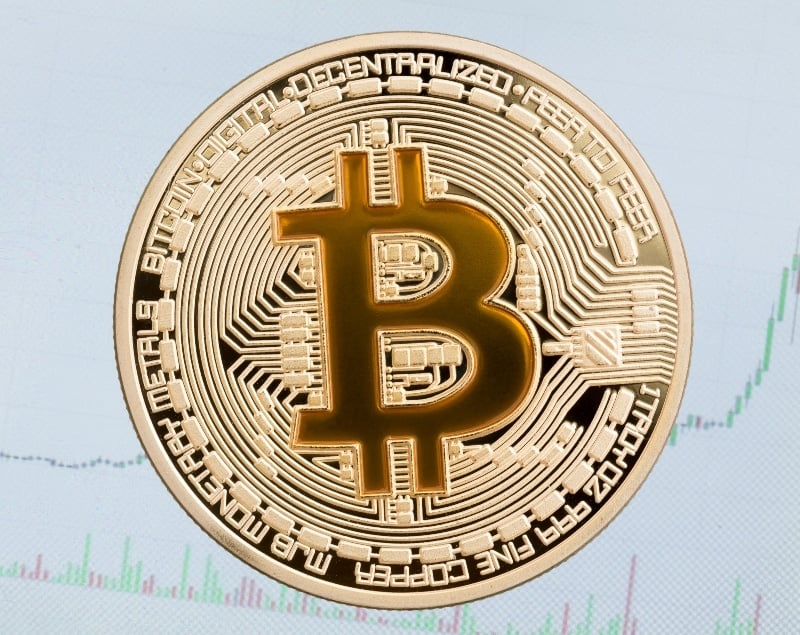The Governor of the British Central Bank (BoE), has stated that Bitcoin has no intrinsic value.
Bitcoin has no intrinsic value according to BoE Governor

This was reported by the Daily Mail citing words spoken by Andrew Bailey himself on Monday during his speech to the Jobs of the Future podcast.
Bailey, however, also admitted that the technology behind cryptocurrencies is useful, mentioning that the BoE itself is also considering issuing its own digital currency.
In truth, Central Bank Digital Currencies (CBDCs) are not cryptocurrencies at all, and only partially use true blockchain technology. Moreover, Bailey’s statements may appear to be an attempt to propagandize CBDCs by denigrating cryptocurrencies, rather than an attempt to objectively inform about these new technologies.
In fact, his focus is on the digitization of money, a phenomenon that has already been going on for many decades now and started well before the invention of cryptocurrencies. Decentralization, which is the real strength of Bitcoin, is obviously despised by central banks.
Bailey stated that he does not consider Bitcoin to be a practical means of payment and that he does not believe it has any intrinsic value.
It is worth remembering that this is not the first time the BoE governor has expressed similar views, so these recent utterances of his have not surprised the markets.
The fact that the general sentiment on Bitcoin at this time in history tends to be very negative was also underlined by the recent words of Guggenheim’s CIO (Chief Investment Officer) Scott Minerd.
According to Minerd, the price of BTC could fall as low as $8,000.
Bitcoin’s long-term trend: price and usage
However, analyzing the financial markets as a whole, one realizes that often these catastrophic predictions about Bitcoin do not seem to be in line with the general trend.
In fact, analyzing the price of BTC like that of any other asset and comparing it with other risk-on tech assets, it becomes apparent that its performance is not very different.
The most resounding case is obtained by comparing it with PayPal shares, for instance.
The price of BTC is 37% lower than at the beginning of the year, 57% lower than the all-time high, and 23% lower than twelve months ago.
PayPal’s share price, on the other hand, is 59% lower than at the start of the year, 74% lower than the all-time high, and 69% lower than twelve months ago.
In light of this comparison, it really seems implausible that Bitcoin’s price trend can be analyzed without also taking into account that of other risk-on tech assets.
Comparing the trend of BTC for example with the Nasdaq 100 index, one finds that the latter is 28% lower than at the beginning of the year, 30% lower than the all-time high, and 14% lower than 12 months ago.
Thus, Bitcoin’s price trend over the past year has been quite similar to that of the Nasdaq, except for the peak.
The idea that Bitcoin’s price could fall a further 70% from current levels, without assuming that other risk-on tech stocks such as those listed on the Nasdaq would also do so, seems like a no-brainer, a wild guess.
Source: https://en.cryptonomist.ch/2022/05/25/boe-bitcoin-value/